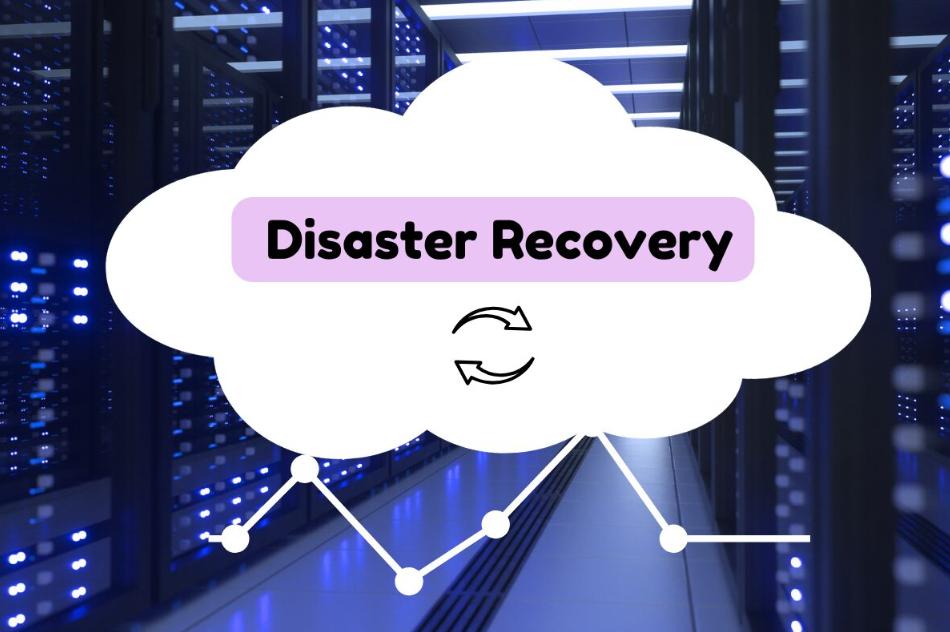
Deciding the best path for disaster recovery in today’s tech-driven world bears a significant impact on business continuity and data safety. The comparison between cloud disaster recovery and on-premise solutions has become a pivotal discussion in IT strategy sessions, with each option presenting its unique advantages and challenges. This blog post will navigate you through these options, providing a comprehensive insight into making an informed decision that aligns with your organizational needs.
Diving Into the World of Disaster Recovery
In the realm of cloud disaster recovery and on-premise IT disaster recovery solutions, understanding the value each brings to your organization is key. The former offers a blend of flexibility, cost efficiency, and quick deployment. In contrast, the latter emphasizes control, compliance, and direct oversight of your recovery capabilities. By dissecting the nuances of both, this guide aims to arm you with knowledge to choose the right disaster recovery strategy.
The Rise of Cloud Disaster Recovery
Embracing cloud disaster recovery means leveraging the power of cloud computing to enhance your IT resilience. This option stands out for its scalability, catering to businesses of all sizes with different demands. The ability to quickly adjust resources in a cost-effective manner without hefty investments in physical infrastructure is a considerable advantage.
Statistical insights reveal businesses that adopt cloud-based recovery strategies enjoy up to a 60% reduction in downtime during unforeseen IT mishaps. The agility offered by cloud solutions facilitates seamless business operations, minimizing financial losses during disaster events.
The Case for On-Premise IT Disaster Recovery Solutions
On-premise IT disaster recovery solutions come with the primary benefit of complete control over your data and recovery infrastructure. This close control ensures stringent security measures and compliance with industry-specific regulations, making it a preferred choice for organizations in highly regulated sectors.
Despite these advantages, the on-premise approach requires significant initial capital expenditure and ongoing maintenance costs. It also necessitates having a skilled IT team capable of managing complex disaster recovery processes, which can be a high hurdle for some organizations.
Weighing Your Options
Deciding between cloud disaster recovery and on-premise solutions involves careful consideration of your business’s unique needs, regulatory requirements, and budget constraints. If your organization prioritizes flexibility, rapid deployment, and cost savings, cloud disaster recovery could be the optimal choice. Conversely, if data sovereignty, compliance, and having physical control over your recovery processes are top priorities, on-premise solutions might suit you better.
Setting Your Course
The debate between cloud and on-premise disaster recovery is not about winning or losing but about finding the right fit for your organization. In the journey of ensuring business continuity and safeguarding data, aligning your disaster recovery choice with your business strategy, operational needs, and compliance requirements will pave the way to achieving resilience, security, and peace of mind in today’s ever-evolving digital landscape.








